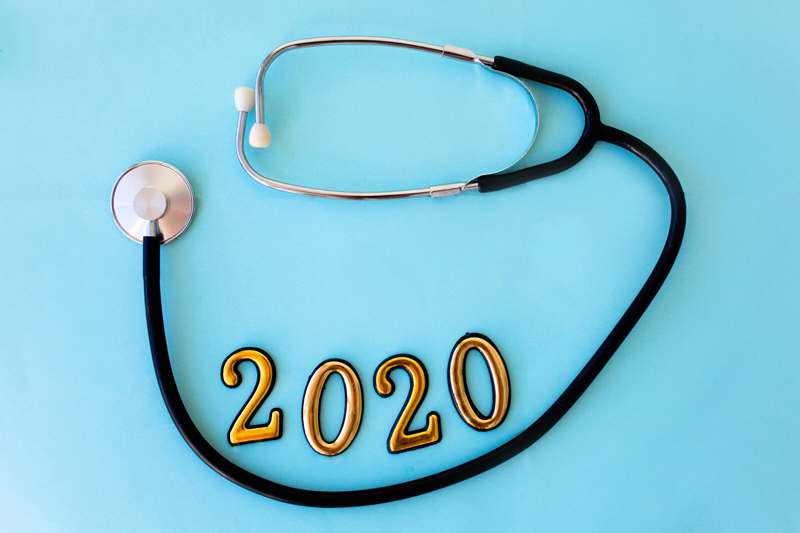
As their condition and care needs change, patients are moved between health care practitioners, settings, and home. Medical transcription outsourcing helps physicians provide proper documentation when transitioning a patient to a new source of care. Transitions in care include hospital admission, transfer from one unit to another during hospitalization, or discharge from the hospital to home or another facility. At times of these transitions in care, patients are often prescribed new medications or have changes made to their existing medications. Medication errors are a common safety issue during patient handoffs or transfer. These errors can be avoided through accurate medication reconciliation processes.
The Joint Commission defines medication reconciliation as the process of comparing a patient’s medication orders to all of the medications that the patient has been taking. Inadequate reconciliation in handoffs during admission, transfer, and discharge of patients can follow the patient throughout their treatment and cause harmful medication errors. According to the World Health Organization (WHO), more than 40% of medication errors are believed to result from inadequate reconciliation in handoffs during hospital admission, transfer and discharge, and of these about 20% are believed to cause harm.
In a recent Becker’s Hospital Review poll on the patient safety issue clinicians would fix overnight, one of the respondents identified medication reconciliation as the top concern.
“It’s (medication reconciliation) been a problem my whole career. Nationwide, about one-third of patient harm is related to medication. It’s a difficult nut to crack because there are so many different caregivers involved in the process across the care continuum. There’s also been a proliferation of new drugs, and providers are not as familiar with all the medications. It’s hard for them to keep up, especially when patients are on a lot of medications,” Stephanie Jackson, MD Senior vice president and chief quality and clinical value officer at Scottsdale, Ariz.-based HonorHealth told Becker’s.
Having proper medication reconciliation processes in place is crucial to avoid medication errors such as omissions, duplications, dosing errors, or drug interactions. The five steps in the process of medication reconciliation are:
- Make a list of the patient’s current medications
- List the medications currently required
- Compare the lists
- Create a new list based on the comparison, and
- Communicate the new list to the patient and caregivers
Medication reconciliation has to be done at every transition of care in which new medications are ordered or existing orders are rewritten. There are many reasons why medication reconciliation should receive greater attention:
- Medication reconciliation processes can vary widely across healthcare settings. Lack of standardization of the process of medication reconciliation results in great variation in the historical information gathered.
- There is often duplication of data collection by nurses and physicians when taking medication histories, documenting them in different areas in the chart, and hardly ever comparing and addressing any discrepancies between the two histories.
- Physicians may not get sufficient time to perform medication reconciliation at the patient consult due to lack of time.
- Medication reconciliation allows physicians to bring up the topic of medication adherence which is a major problem among many patients.
- An AHRQ survey found that EHR systems can maintain active medication lists and order medications, but many systems lack functionality to support electronic medication reconciliation or are unable to capture information needed to report medication reconciliation quality measures.
- Clinicians’ focus on EHR documentation during the consultation often leads to less time for the patient and affects medication reconciliation.
- Lack of EHR interoperability may lead to providers missing critical information on medication history.
- Proper medication reconciliation is crucial to prevent patient harm and readmission.
Medication reconciliation is incorporated into National Patient Safety Goal (NPSG) #3, “Improving the safety of using medications.” The Joint Commission recognizes that the best medication reconciliation requires a complete understanding of what the patient was prescribed and what medications the patient is actually taking. The 2019 National Patient Safety Goal has a new requirement that requires organizations to inform the patient about the importance of maintaining updated medication information. The elements of performance for medication reconciliation in NPSG are as follows:
- Obtain and/or update information on the medications the patient is currently taking.
- Define the types of medication information (for example, name, dose, route, frequency, purpose) to be collected in different settings and patient circumstances.
- Compare the medication information the patient is currently taking with the medications ordered for the patient in order to identify and resolve discrepancies.
- Provide the patient (or family as needed) with written information on the medications the patient should be taking when he or she leaves the organization’s care.
- Explain the importance of managing medication information to the patient.
In addition to medication reconciliation at points of transition, it is necessary to maintain a patient medication list in primary care records. There are significant logistic challenges involved especially in the case of patients seeking treatment from multiple healthcare providers. Good practice requires using a team-based approach involving the resident, care and nursing staff, pharmacists, medical practitioners, and medical transcription service provider.








